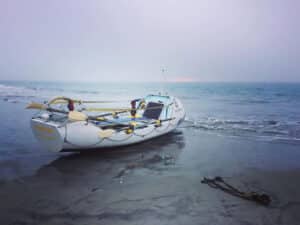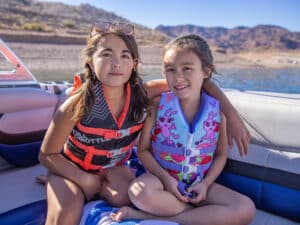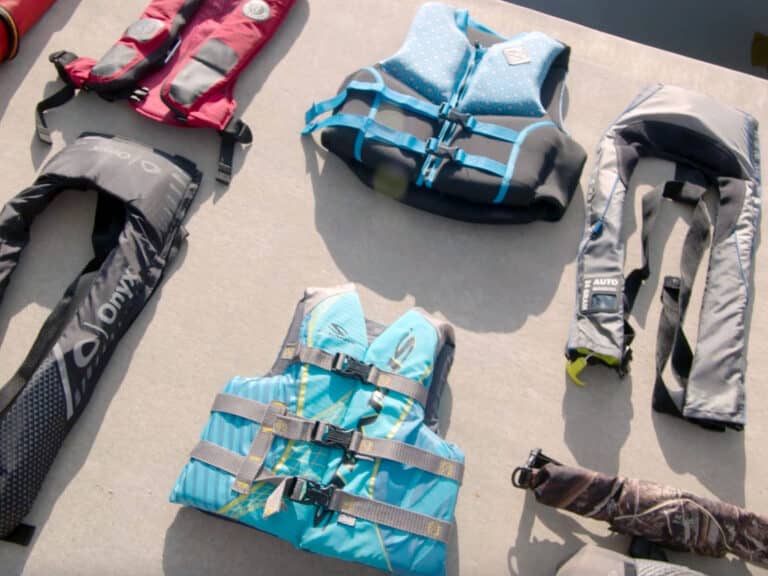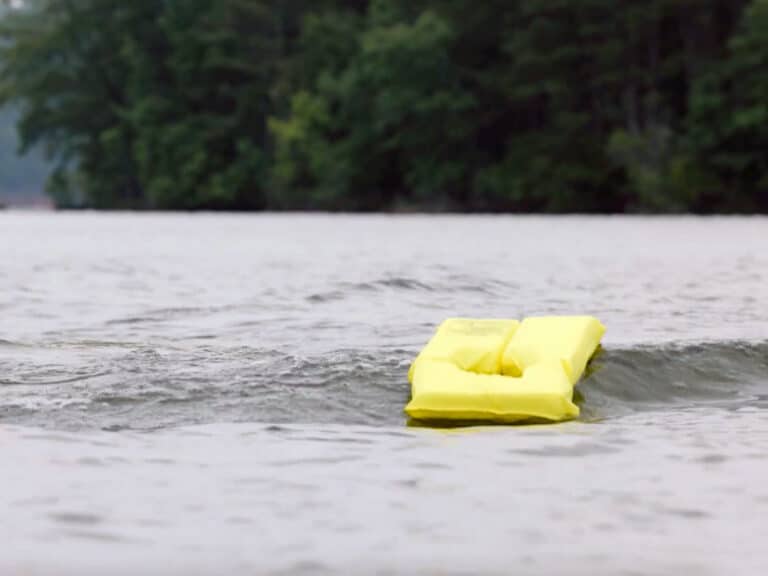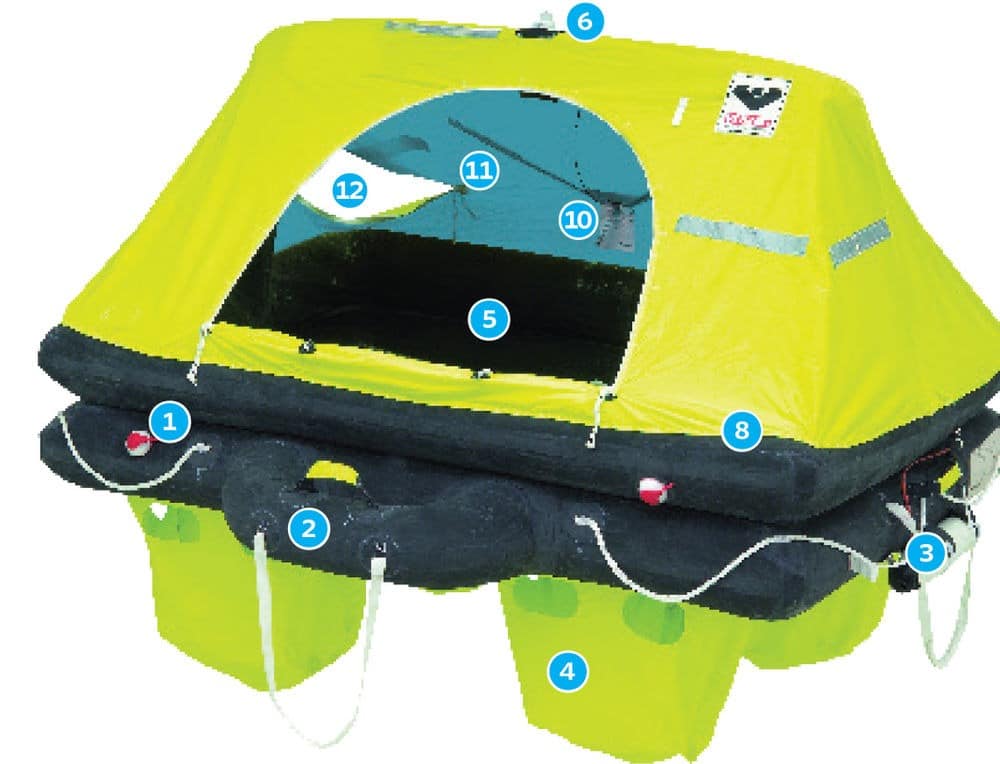
Life rafts are the last thing you want to think about needing on your boat. Because if you need it, your boat is either on fire or sinking and you’re out of options. So we asked Jamie Reme, vice president of operations for the GPS Store in Queen Isle Beach, North Carolina (thegpsstore.com), about what to look for in a raft before you head offshore, based on the Viking RescYou Pro offshore raft.
1. Insulation
Look for an insulated floor to help prevent hypothermia. The RescYou Pro six-person has an insulated double floor to help stem hypothermia when floating in cold-water conditions.
2. Up and In
Boarding ramps are better for entering the raft than ladders.
3. Better Than One
Make sure the raft you choose has at least two independent buoyancy chambers.
4. Bag It
Ballast bags, like the four 15-gallon bags on the Viking, help keep the raft stable in heavy seas.
5. Big Enough?
How big is your crew? Look for a raft that meets the Coast Guard standard for 4 cubic feet of space for each person on board. Viking offers rafts for four, six or eight crew members.
6. Flasher
A strobe light on top helps rescuers find you faster.
7. This Side Up
The RescYou Pro is self-righting to help prevent swamping in heavy seas.
8. Keep It Together
A raft can be made of PVC, neoprene or rubber. Viking uses vulcanized rubber with double-taped and glued seams to prevent it from breaking apart in rough conditions.
9. Extras
Look for a raft with prepacked safety items inside such as SOLAS (Safety of Life at Sea) aerial flares, hand-held flares, a flashlight, a whistle, drinking cups and even a fishing kit.
10. Drink Me
A rainwater collector on the canopy top provides extra drinking water for the crew.
11. Blue, Not Green
A blue interior has a calming effect on those inside and helps prevent seasickness.
12. Two Ways
Rafts with two entrances help multiple people board at once, which saves critical time and further limits exposure to cold water.
Hydrostatic? Not so fast.
A hydrostatic release, which automatically opens the raft’s canister after it submerges, seems like a great idea. But Reme cautions recreational boaters on buying the upgrade. “Commercial vessels have them and they’re designed to work at water pressures found in 4 to 6 feet of water,” he says. If you’re on a small boat, you don’t want to wait for it to sink that far down before the raft inflates.
* * * * *
The U.S. Coast Guard is asking all boat owners and operators to help reduce fatalities, injuries, property damage, and associated healthcare costs related to recreational boating accidents by taking personal responsibility for their own safety and the safety of their passengers. Essential steps include: wearing a life jacket at all times and requiring passengers to do the same; never boating under the influence (BUI); successfully completing a boating safety course; and getting a Vessel Safety Check (VSC) annually from local U.S. Coast Guard Auxiliary, United States Power Squadrons(r), or your state boating agency’s Vessel Examiners. The U.S. Coast Guard reminds all boaters to “Boat Responsibly!” For more tips on boating safety, visit www.uscgboating.org.



